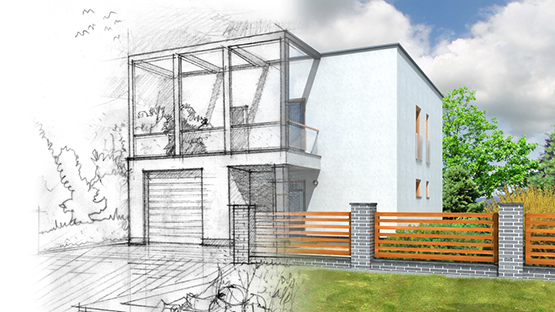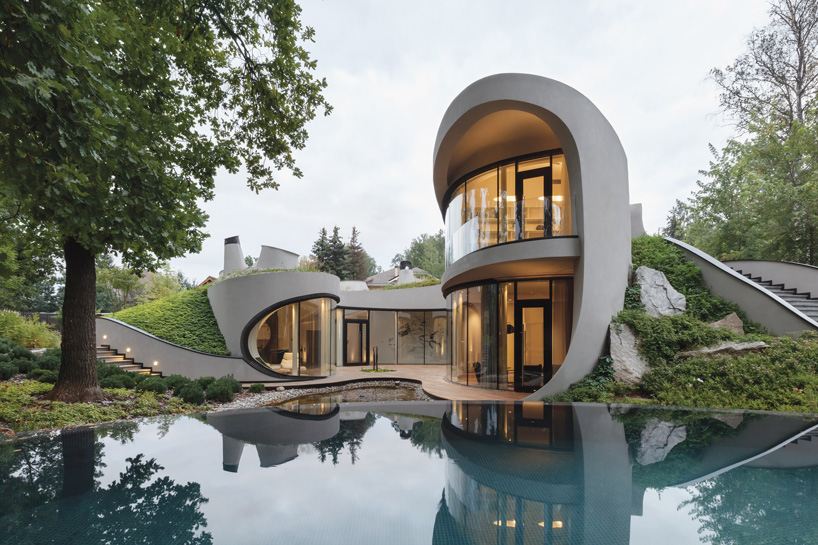Transforming Rooms: The Vision of CDA Architects for Modern Living
Transforming Rooms: The Vision of CDA Architects for Modern Living
Blog Article
Recognizing the Collaborative Refine In Between Architects and Designers in Modern Building And Construction Projects
The joint process between architects and designers is crucial in contemporary building and construction jobs, as it integrates design intent with design feasibility. Discovering these dynamics discloses insights that can dramatically influence task results and overall industry standards.
The Relevance of Collaboration
The collaborative harmony in between engineers and designers is essential for the successful awareness of any type of construction task. This collaboration brings with each other distinctive knowledge and viewpoints, enabling the integration of ingenious style with useful engineering solutions. By interacting, designers and engineers can guarantee that a task not only satisfies aesthetic and functional demands yet also follows security, sustainability, and monetary restraints.
Collaboration fosters a shared vision, facilitating the positioning of objectives and assumptions from the start. This placement is crucial in resolving possible challenges and mitigating threats that can develop during the project lifecycle. A collective approach permits for the effective allocation of sources, enhancing both time and expense.
The value of cooperation encompasses the repetitive procedure of layout and building and construction, where feedback from engineers can educate architectural choices, leading to more viable and sustainable styles. On the other hand, designers can inspire designers to think creatively about just how to achieve architectural stability without compromising imaginative intent. Inevitably, the collaborative connection between designers and engineers is not merely beneficial; it is essential to the creation of high-grade, functional, and ingenious built settings that meet the demands of society.
Interaction Strategies and Tools
Reliable communication methods and tools are essential for fostering cooperation between architects and engineers throughout the job lifecycle. Developing clear channels of communication is vital to ensure that all staff member are aligned with project objectives, timelines, and obligations. Routine conferences, both in-person and online, give possibilities for stakeholders to go over progression, address concerns, and make informed decisions.

In addition, adopting collaborative interaction tools, such as Slack or Microsoft Teams, permits instantaneous messaging, documents sharing, and continuous discussions, promoting an extra dexterous action to emerging problems. Document monitoring systems additionally play a crucial duty in arranging project paperwork, guaranteeing that all team members have access to the most up to date details.
Shared Goals and Job Vision
A combined job vision acts as the foundation for successful collaboration between architects and engineers (cda architects). This common vision not just aligns the efforts of both celebrations however also develops a common structure for decision-making throughout the job's lifecycle. By articulating clear goals, stakeholders can efficiently navigate the complexities of modern construction projects, guaranteeing that browse around these guys both visual and useful needs are met
Developing common goals includes open dialogue and a complete understanding of each self-control's payments. Designers commonly concentrate on layout intent, spatial relationships, and individual experience, while designers highlight structural integrity, systems performance, and compliance with regulations. When these point of views are lined up, the outcome is a cohesive project that adheres to both creative aspirations and technical usefulness.
Moreover, a well-defined job vision cultivates liability among staff member, encouraging each participant to take possession of their role in accomplishing the wanted result. Normal check-ins and collaborative workshops can further enhance this dedication, enabling for modifications to be made as the project develops. Ultimately, a shared vision not just enhances synergy yet additionally raises the quality of the final deliverable, resulting in successful project conclusion.
The Duty of Modern Technology
Leveraging modern technology has become essential in boosting collaboration in between designers and designers. The assimilation of advanced software application devices promotes real-time interaction and details sharing, enabling groups to function a lot more efficiently and successfully. Structure Details Modeling (BIM) stands apart as an essential technology, permitting both designers and designers to develop comprehensive 3D versions that encapsulate style intent and structural stability. This shared graph decreases misunderstandings and improves the decision-making procedure.
Additionally, cloud-based systems allow smooth cooperation, allowing task stakeholders to gain access to and update job data from anywhere. This promotes a society of transparency and responsibility, as adjustments can be tracked and reviewed in real-time. In addition, mobile applications further boost communication, offering on-site groups with instant access to job requirements and updates.
Emerging modern technologies such as his response man-made knowledge and machine learning are also beginning to play a function in anticipating evaluation, aiding teams identify prospective issues prior to they emerge. Ultimately, the role of technology in architecture-engineering cooperation not only enhances workflow performances yet also enhances technology, causing more successful task end results. By accepting these technological improvements, architects and designers can make certain a much more natural and productive joint process throughout the building and construction lifecycle.
Study in Successful Collaborations
Countless study highlight the extensive effect of reliable collaborations in between engineers and designers on task end results. One noteworthy example is the collaboration on the High Line in New York City City, where landscape architects, engineers, and metropolitan coordinators interacted to change an abandoned railway into a lively public park. This multidisciplinary method not just enhanced the aesthetic top quality but likewise made sure architectural safety and security and ecological sustainability.

The Burj Khalifa in Dubai further demonstrates the importance of joint initiatives - cda architects. The assimilation of design and engineering competence enabled the task team to attain extraordinary heights while sticking to safety and security laws and visual vision
These instances highlight the significance of interaction, depend on, and shared objectives. In today's intricate building and construction environment, such collaborations are important to navigating challenges and delivering jobs that meet both useful and visionary objectives.
Verdict
In final thought, the cooperation between architects and engineers is vital for the success of modern-day building and construction projects. Effective communication methods, a common job vision, and the assimilation of innovative technologies are essential elements that facilitate this partnership.
Report this page